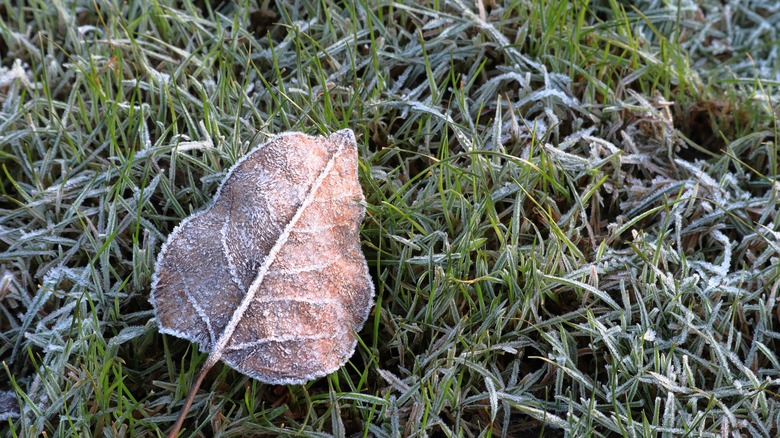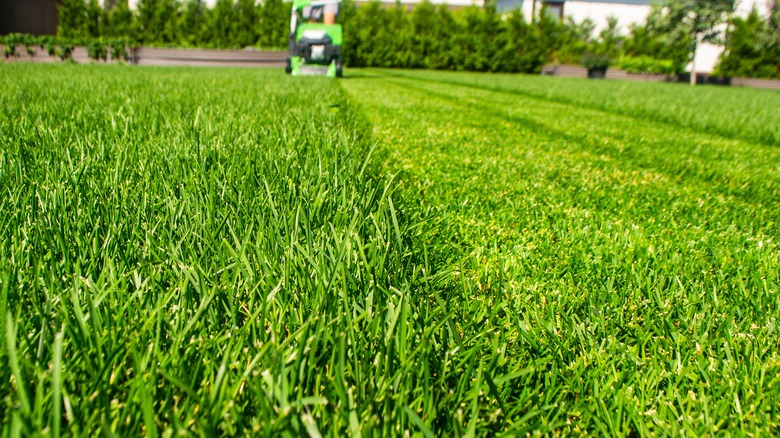How Low Should You Cut Your Grass Before Winter?
Caring for your lawn in winter can seem deceptively simple. Since the grass isn't actively growing, it doesn't need any help, right? But, this misconception is surprisingly harmful, as your grass is still alive and can fall victim to damage, mold, or disease — particularly if you don't cut it low enough beforehand. For optimal lawn health, cut your grass to 2 to 2½ inches before winter.
The period in winter when grass stops growing is called dormancy. It's typically kicked off when the grass stops receiving enough sunlight, warmth, or water. Some varieties turn brown, and others don't, but even if the grass looks dead, it's not. It's simply conserving its energy in order to survive winter conditions. During this time, maintenance is low since you can stop mowing your lawn. But the grass can be vulnerable as frost, high winds, and lack of sun all take a toll. If you don't properly prepare beforehand, you might have a difficult time bringing your lawn back to life after winter. Mowing your lawn to the proper height at the proper time is a key component of those preparations.
When to cut your lawn short
Keep mowing your lawn up until the first frost while your grass is still growing. In fact, you can actually let the grass grow half an inch higher in the fall, as the extra growth will help it produce and store more energy before the winter. Ideally, your last mow, cutting the grass to 2 to 2½ inches, will take place before the first freeze in your region. This shorter height lowers the risk of common molds, pests, and diseases throughout winter.
In addition to mowing your lawn to the proper height before winter, picking up fall leaves (or at least mowing them into tiny pieces) is also key. Leaf piles can suffocate the grass and encourage disease and mold. To encourage airflow and allow nutrients and water to reach the roots of the lawn, remove excess thatch and consider aerating about a month before the first frost. Fertilizing and overseeding before winter are also common practices, but timing is key. Overseeding too late in the season could be unsuccessful, and fertilizing too late could lead to excess growth when winter arrives. To be safe, aim to finish seeding and fertilizing by September.

